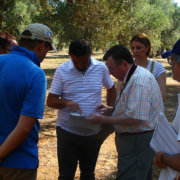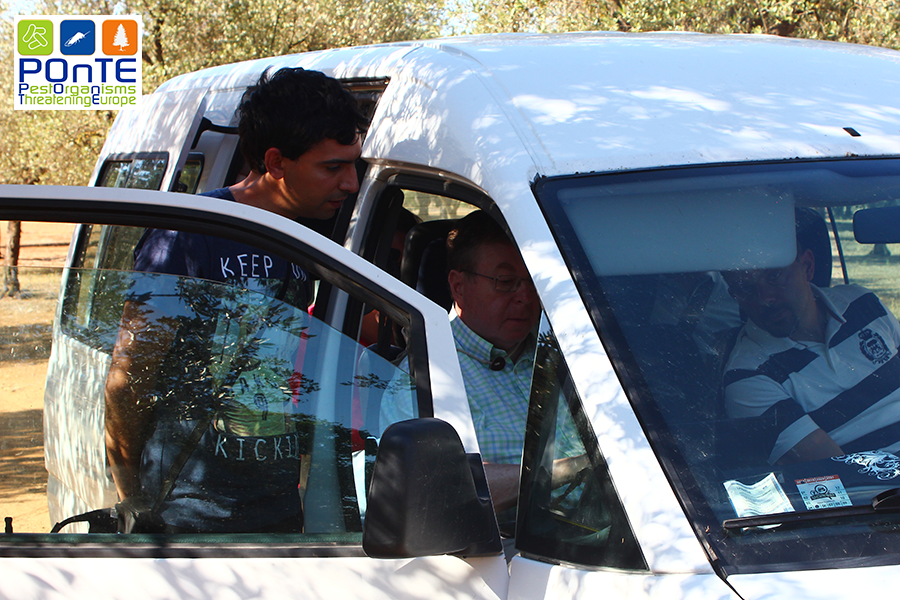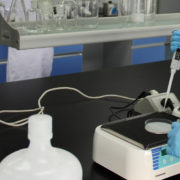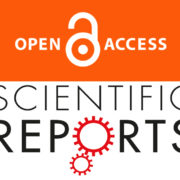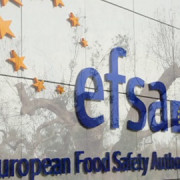POnTE and JRC conduct a coordinated campaign for the simultaneous acquisition of field surveys and remote sensing data over the Apulian Xf-infected area
During the last week of June 2016, CSIC, CNR-IPSP, UNIBA and CRSFA, all members of the POnTE consortium, teamed up with the Joint Research Centre of the European Commission (JRC) to coordinate their field surveys and lab analyses of olive trees with the JRC’s airborne survey of a Xylella fastidiosa infected zone. An airplane, chartered by the JRC to carry thermal and hyperspectral imaging sensors, systematically overflew a 12 km2 area in the north part of the Lecce province on the Adriatic coast. During the flight, approximately 4000 olive trees in more than 20 plots were measured on the ground by POnTE members, and visually inspected for leaves and branches with symptoms of Xylella fastidiosa infection, and the severity of any symptoms was recorded. A large number of asymptomatic trees will be further subjected to laboratory tests to assess the presence of latent infections and their association with THE specific spectral signature of the vegetation.
In parallel, the infected olive plants being studied in the quarantine greenhouse at the UNIBA and CNR-IPSP were also measured using spectrometers to estimate, among others, leaf chlorophyll fluorescence. The data gathered under the controlled experimental conditions in the greenhouse will serve to refine remote sensing methods for larger areas.
The overall objective of the collaboration between the JRC and the POnTE consortium is to develop a robust remote-sensing based method for the automatic classification of Xf infection levels in trees over large areas.
Semi-automated methods for the early detection of plant diseases using remote sensing can be a useful element in a decision support system for crop management (Sankaran et al., 2010). While most studies have focused on foliar pathogens in annual crops, where disease symptoms are mainly characterized by distinct color changes in the aerial parts of the plant, recent work has successfully employed high-resolution thermal and hyperspectral imagery for the early detection of another important olive pathogen in Europe, Verticillium dahliae (Calderón et al., 2013, 2015).

